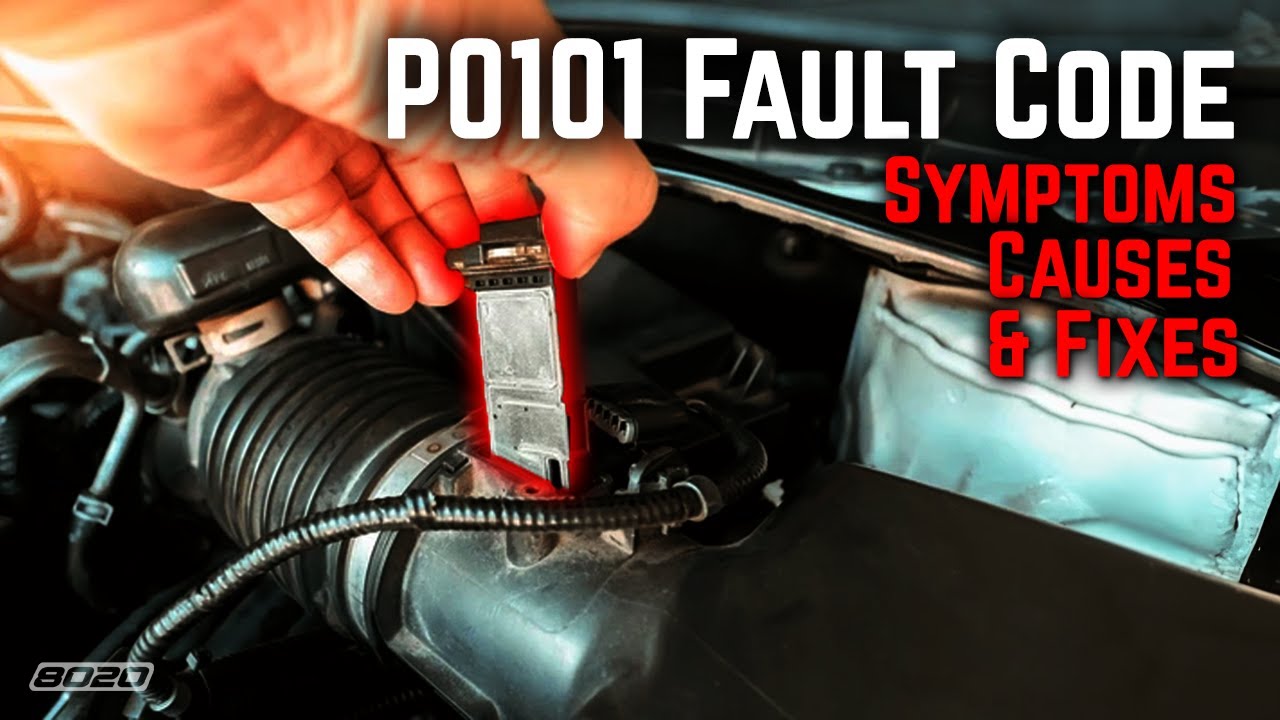P0101 Code: Mass Air Flow Sensor Circuit Range/Performance
When the check engine light illuminates with P0101, it indicates a fault in the mass air flow (MAF) sensor circuit. This sensor measures incoming air volume for optimal fuel mixture. A problem can cause poor engine performance, reduced fuel efficiency, and increased emissions.
Common Causes:
- Dirty or contaminated MAF sensor elements, often due to air filter issues or debris buildup.
- Electrical faults, such as damaged wiring, connectors, or poor voltage supply to the sensor.
- Vacuum leaks in the intake system affecting air flow readings.
- Failing MAF sensor from age or exposure to harsh conditions.
Top Repair Solutions:

- Clean the MAF sensor using specialized electronics cleaner to remove dirt and oil residues. Avoid touching delicate components.
- Inspect and repair wiring harnesses for breaks or corrosion. Test circuits with a multimeter for continuity and proper voltage.
- Check for vacuum leaks by performing a smoke test or visual inspection of intake hoses and gaskets; replace as needed.
- Replace the MAF sensor if cleaning or wiring fixes fail, ensuring OEM or compatible parts for accurate calibration.
P0068 Code: MAP/Barometric Pressure Correlation Issue
P0068 appears when the manifold absolute pressure (MAP) sensor readings don't correlate with the barometric pressure sensor. This disrupts engine control module (ECM) calculations, leading to erratic idling, hesitation, or stalling.
Common Causes:
- MAP sensor malfunction from internal failures, contamination, or physical damage.
- Intake air temperature (IAT) sensor issues affecting pressure correlations.
- Barometric pressure sensor errors or circuit problems, such as loose connections or shorts.
- ECM software glitches or calibration errors requiring updates or resets.
Top Repair Solutions:
- Test the MAP sensor with a scan tool for live data; replace if outputs are inconsistent or out of specification.
- Verify barometric sensor functionality by cross-checking values during key-on engine-off cycles and at altitude changes.
- Inspect all sensor connectors and wiring for integrity; repair or replace damaged sections to ensure stable signals.
- Update ECM software or perform a hard reset to clear stored faults after repairs; consult service manuals for reset procedures.
Always diagnose with professional tools like an OBD-II scanner to confirm codes, then address underlying issues systematically. Ignoring these faults may lead to long-term engine damage or failed emissions tests.
